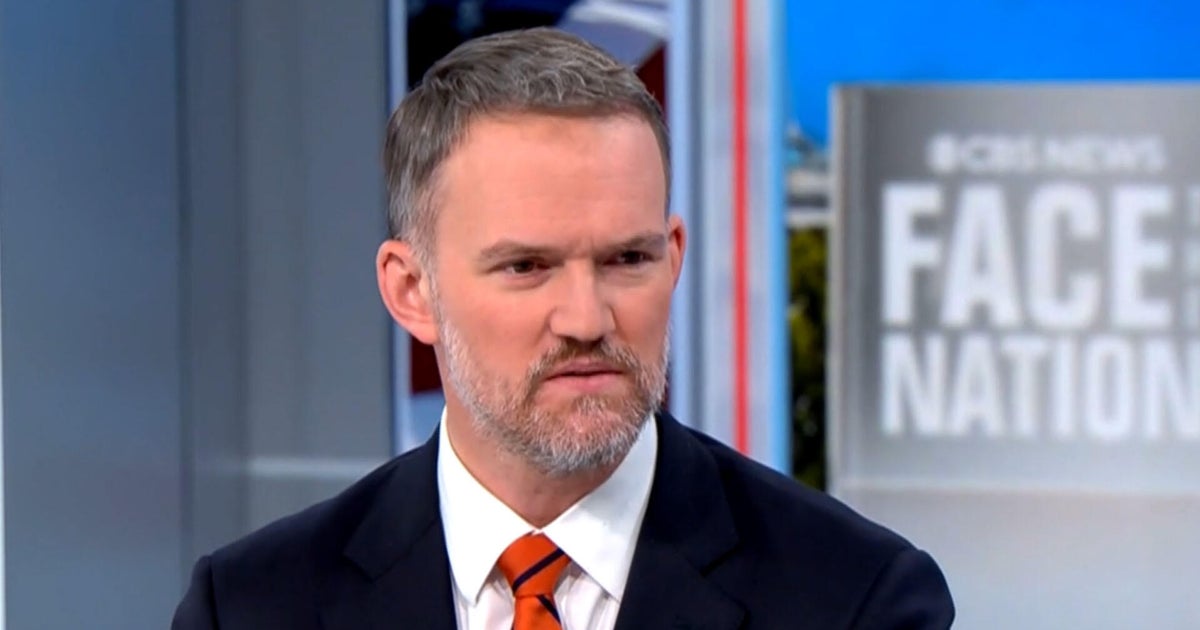T4K3.news
U.S. establishes firm tariff rates
Jamieson Greer confirms a 10% tariff on imports from over 60 countries.

Jamieson Greer stated that new tariff rates are firmly set after President Trump's recent executive order.
U.S. Trade Representative Confirms New Tariff Rates Are Established
Jamieson Greer, the U.S. trade representative, confirmed in an interview that tariff rates affecting over 60 trading partners are now set, following a directive from President Trump. While speaking on "Face the Nation with Margaret Brennan," Greer indicated that a uniform 10% tariff will be applied to all imports starting August 7. Despite discussions with trade ministers, he expressed skepticism about any imminent reductions in rates. Greer emphasized that these rates are structured around potential trade agreements and must take into account the U.S. trade deficit. Current partners like South Korea and the European Union have made special deals, while others, including Canada, will face higher tariffs due to lack of agreement. The economic implications of these tariffs remain uncertain, reflecting concerns from business leaders like Bank of America CEO Brian Moynihan, who noted reduced growth expectations tied to the trade war.
Key Takeaways
"These tariffs are set rates pursuant to deals."
Greer explained the established tariff framework that will be applied.
"The President's view is that a lot of manufacturing has gone overseas."
This highlights the administration's rationale behind the new tariff policies.
"No one really knows the economic impact because this is a different regime."
Moynihan pointed out the uncertainty in economic projections due to tariffs.
The establishment of set tariff rates signals a departure from previous negotiation tactics where flexibility was common. Greer's statement highlights a clear policy shift towards fixed metrics for international trade dealings under the Trump administration. This stance may alienate key trading partners, especially Canada, disrupting long-standing economic ties. Critics argue that a rigid approach could lead to retaliation and economic strain, prolonging the trade war's negative effects. As businesses brace for these changes, the unpredictable outcomes of these tariffs could reshape U.S. trade dynamics for the foreseeable future. With experts uncertain about the future economic landscape, stakeholders are left to navigate a complex web of cost implications and strategic adaptations.
Highlights
- These tariff rates are pretty much set according to Greer.
- The economic impact of these tariffs is unpredictable for all stakeholders.
- A rigid tariff approach could provoke significant retaliation.
- Less growth than expected reflects the tariff war's ongoing impact.
Potential Economic Impact of Tariff Changes
The hardline stance on tariffs may hinder relations with major trading partners and impact the broader economy.
This fixed tariff policy may redefine America’s trade relationships as it unfolds.
Enjoyed this? Let your friends know!
Related News

U.S. enforces strict tariff deadline for EU

JPMorgan advises short positions on Tesla and Moderna
Trump tariffs may increase manufacturing costs significantly
:max_bytes(150000):strip_icc()/GettyImages-2227392128-f95994034c8f47c38408febb9d015a6c.jpg)
Stock Markets Climb as Earnings Reports Approach

Tariff rates may surge on August 1

Japan commits $550 billion to U.S. industries
